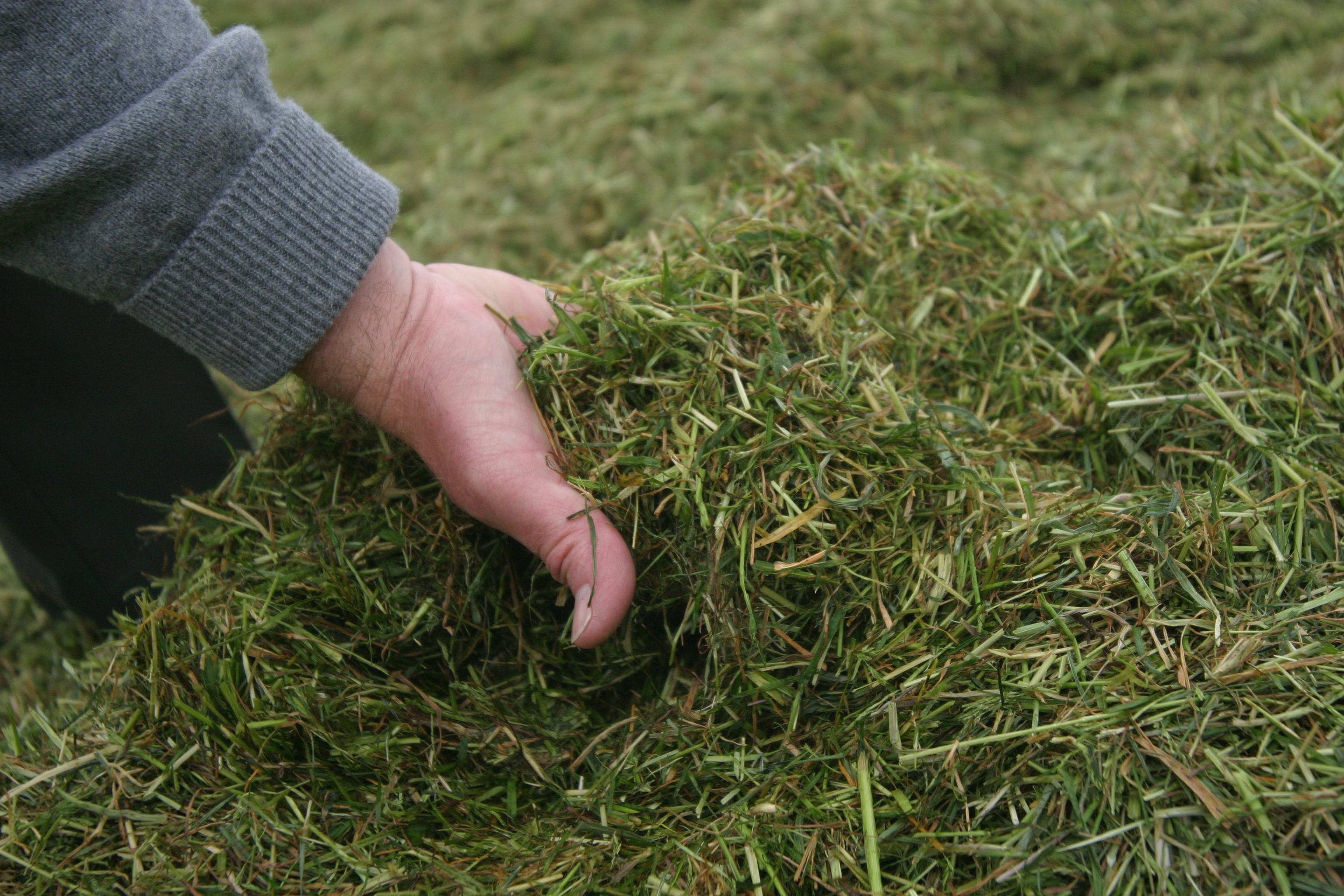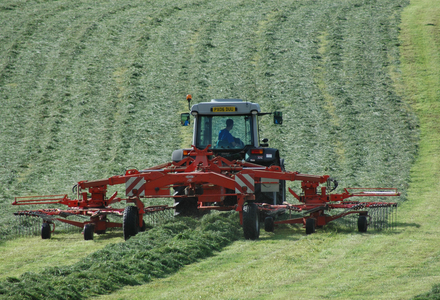Plan ahead for better 2023 silage
07 December 2022
Farmers looking to make better silage in 2023 to reduce reliance on bought-in feeds should start planning now, urges Volac silage specialist, Ken Stroud, to allow time for appropriate actions. Based on experience, he offers a timely five-point plan.

1. Review your silage analysis
Begin by examining the analysis of your 2022 silage. Did it turn out as well as expected? Or are there areas for improvement?
If metabolisable energy (ME) is low, swards may have deteriorated to include less nutritious grasses, making some reseeding necessary. Alternatively, the way silage is made may need attention.
This could mean cutting grass younger while it’s more digestible, wilting faster to minimise in-field energy losses, or improving fermentation so that energy is conserved better in the clamp. The average ME of UK silage has been static at about 10.6 for years. We should be aiming for an absolute minimum of 11, Ken Stroud adds.
2. Communicate with your contractor
If using a contractor for silaging, early and regular communication with them is key.
For good silage, grass needs mowing and harvesting at its nutritional peak, not a week or two later. After heading, grass digestibility falls by about 0.5% a day.
Understand your contractor’s time constraints and inform them of yours. If you’re making changes – for example cutting earlier because you’re moving to multi-cut silage – they need to know. It’s amazing how many farmers call contractors at the last minute.
If making silage yourself, ensure all machines are fully working and serviced – again to minimise quality-reducing delays.
3. Prepare the clamp
"As the ‘storage container’ for your silage for at least half a year, don’t let the condition of your clamp undo all the hard work put into other areas of silage-making", says Mr Stroud.
__300_(1)_listing.png?1608650209)
Many farms had problems with silage heating in 2022, which happens when air gets in and allows growth of yeast and mould. Some of this was because silage was made too dry. But I’ve seen cases where weak walls prevented clamps being consolidated to the edges, leaving air gaps.
As well as cleaning clamps, repair walls so they are up to the job.
4. Have materials ready
"Don’t compromise silage quality or quantity by getting to harvest and finding you haven’t got all the necessary materials for a good preservation, Mr Stroud advises. Start by ensuring you have enough of the correct additive", he adds.
The final few grass loads on top of the clamp are the most vulnerable to spoilage. Yet these will be the ones left untreated if additive is short. If making silage up to 30% dry matter (DM), look for an additive to improve fermentation, such as Ecosyl. For drier or more fibrous silage where heating is a concern, consider a dual-acting additive such as Ecocool, designed to improve fermentation and inhibit yeasts and moulds. Similarly, ensure you have enough sheeting to keep the clamp airtight, not just for the top but also for lining the walls.
5. Have a plan B
Map out everything you need for good silage, but also have a plan B in case something changes. For example, the weather can be notoriously fickle.
If it turns wet, be prepared to set the harvester to chop grass longer to stop clamp slippage. If it’s dry, you may need to chop shorter so it’s easier to compact. Remember, grass could be 30% DM when you start harvesting, but 35% DM once the sun has been on it longer. Again, this could affect the last few loads on top of the clamp.
“Similarly, have a plan B if it looks like you’ll be short of silage: this could include ensiling some cereal as wholecrop. Even if you end up with plenty of silage later, you’ll be better off because you’ll have carryover stock for the future,” he adds.
Get more from your silage in 2023 with our latest special offer on Ecosyl - buy 10, get 1 free!
